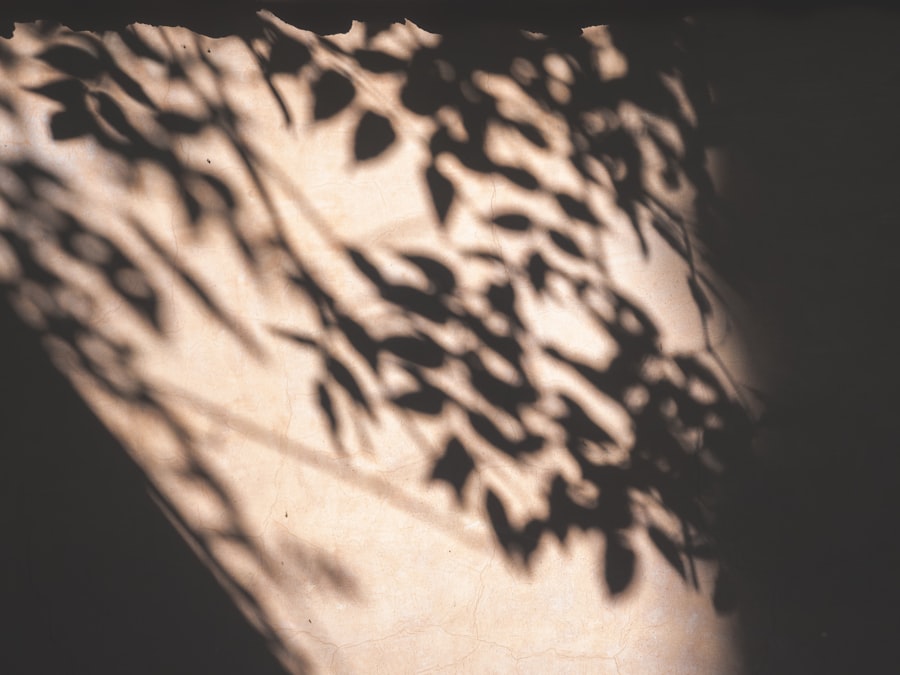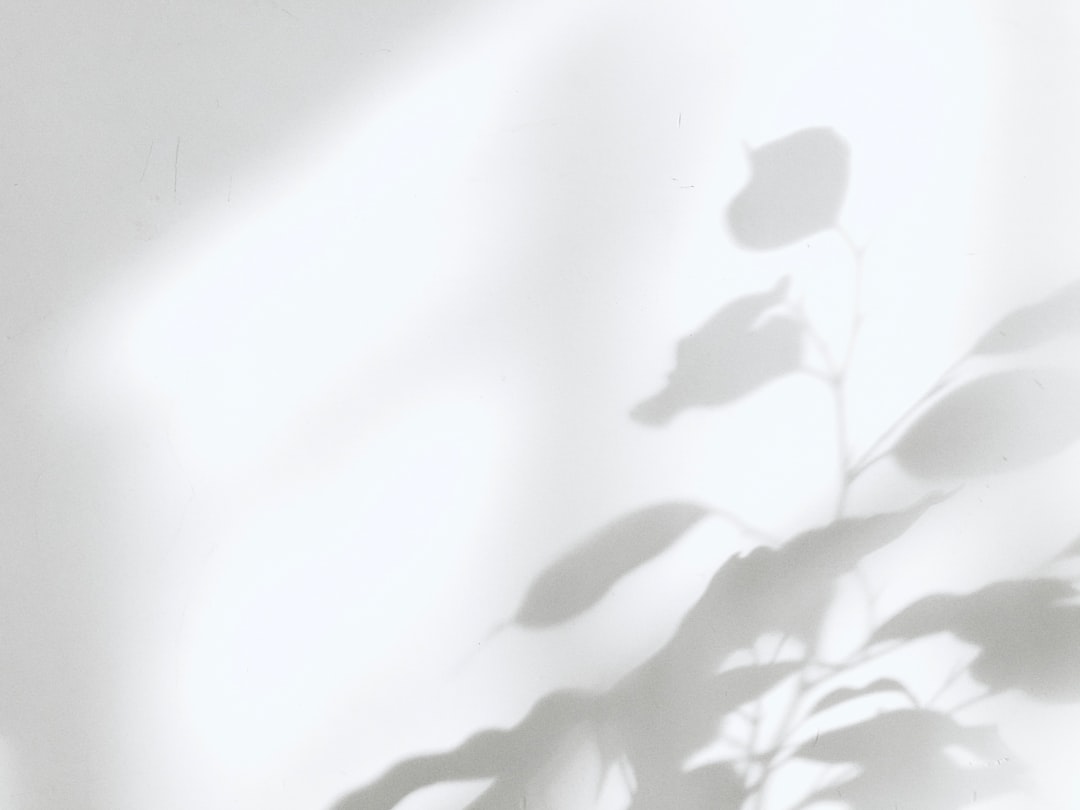Shadows are an intrinsic part of our visual experience, often overlooked yet profoundly influential in how we perceive the world around us. When you think of shadows, you might picture the fleeting silhouettes cast by trees on a sunny day or the elongated forms that stretch across the ground at dusk. However, persistent shadows—those that linger longer than expected or appear in unusual contexts—can evoke a sense of mystery and intrigue.
These shadows can be a source of fascination, prompting questions about their origins and meanings. As you delve deeper into the phenomenon of persistent shadows, you will uncover a rich tapestry of scientific, psychological, and cultural narratives that shape our understanding of these enigmatic forms. The exploration of persistent shadows invites you to consider not just their physical properties but also their broader implications.
Why do certain shadows seem to cling to specific locations or objects? What do they signify in various cultural contexts? By examining these questions, you can gain insight into the interplay between light and darkness, reality and perception.
This article aims to illuminate the multifaceted nature of persistent shadows, guiding you through the science behind them, their psychological impacts, and their cultural significance.
Key Takeaways
- Persistent shadows can have a significant impact on our psychological and cultural experiences.
- The science behind shadows involves the study of light, objects, and the environment.
- Factors affecting shadow persistence include light source, object shape, and surface material.
- Persistent shadows can evoke fear, anxiety, and other psychological responses in individuals.
- Cultural and historical perspectives on shadows reveal their symbolic and artistic significance across different societies.
The Science behind Shadows
To understand persistent shadows, it is essential to grasp the fundamental principles of light and shadow formation. Shadows occur when an opaque object blocks light from a source, creating a dark area on a surface behind it. The characteristics of a shadow—its size, shape, and intensity—are influenced by several factors, including the angle and distance of the light source, the nature of the object casting the shadow, and the surface onto which it is cast.
When you observe a shadow, you are witnessing a complex interaction between light waves and physical objects. Persistent shadows often arise from specific conditions that allow them to maintain their form over time. For instance, when the sun sets at a low angle, shadows can stretch dramatically, creating elongated forms that seem to linger long after the light has faded.
Additionally, artificial light sources can contribute to shadow persistence; for example, streetlights can cast long shadows that remain visible throughout the night. Understanding these scientific principles not only enhances your appreciation for shadows but also allows you to recognize the conditions under which they become more pronounced or unusual.
Factors Affecting Shadow Persistence

Several factors contribute to the persistence of shadows, each playing a crucial role in how they manifest in different environments. One significant factor is the intensity and angle of the light source. When light is diffused or scattered—such as on overcast days—shadows may appear softer and less defined.
Conversely, direct sunlight creates sharp, well-defined shadows that can be more persistent due to their clarity.
Another critical factor is the nature of the object casting the shadow.
Some materials absorb light differently than others; for instance, darker surfaces tend to create more pronounced shadows than lighter ones. Additionally, the texture and shape of an object can influence how its shadow is cast. A rough surface may create a more fragmented shadow compared to a smooth one.
By paying attention to these details, you can begin to appreciate how various elements interact to create persistent shadows in your environment.
Psychological Impact of Persistent Shadows
| Psychological Impact of Persistent Shadows | Metrics |
|---|---|
| Stress levels | High |
| Anxiety levels | Elevated |
| Depression rates | Increased |
| Sleep disturbances | Common |
| Impact on daily functioning | Significant |
The psychological impact of persistent shadows can be profound, often evoking feelings ranging from comfort to unease. Shadows can serve as reminders of our fears or anxieties, particularly when they appear unexpectedly or take on unusual forms. For instance, when you find yourself alone in a dimly lit room, the shadows may seem to dance along the walls, triggering feelings of apprehension or even paranoia.
This phenomenon is rooted in our evolutionary history; humans have developed an innate sensitivity to darkness as a survival mechanism. Conversely, persistent shadows can also evoke feelings of nostalgia or tranquility. The soft glow of twilight can cast gentle shadows that create a serene atmosphere, inviting reflection and contemplation.
In this way, shadows can serve as a bridge between our inner emotional landscapes and the external world. By recognizing the psychological dimensions of persistent shadows, you can better understand how they influence your mood and perceptions in various settings.
Cultural and Historical Perspectives on Shadows
Throughout history, shadows have held significant cultural and symbolic meanings across various societies. In many cultures, shadows are associated with duality—the interplay between light and dark, good and evil. For instance, in ancient mythology, shadows were often seen as representations of the soul or spirit, embodying both the visible and invisible aspects of existence.
As you explore different cultural narratives surrounding shadows, you may find that they often reflect broader themes related to human experience. In literature and art, shadows have been used as powerful metaphors for existential themes such as mortality and identity. The famous painting “The School of Athens” by Raphael features prominent figures cast in shadow, symbolizing the depth of knowledge and wisdom that lies beyond mere appearances.
By examining these cultural interpretations of shadows, you can gain insight into how they have shaped human thought and creativity throughout history.
Techniques for Managing Persistent Shadows

Managing persistent shadows involves both practical strategies and creative approaches that allow you to harness their presence while minimizing any negative effects they may have on your environment or mood. One effective technique is to manipulate lighting conditions to alter shadow formation. For example, using diffused lighting sources or strategically placing lamps can soften harsh shadows and create a more inviting atmosphere in your home or workspace.
Additionally, incorporating reflective surfaces into your environment can help disperse light and reduce shadow intensity. Mirrors or glossy finishes can bounce light around a room, diminishing the prominence of persistent shadows while enhancing overall brightness. By experimenting with these techniques, you can create spaces that feel more balanced and harmonious while still embracing the beauty of shadows.
Shadow Photography and Artistic Interpretations
Shadow photography has emerged as a captivating art form that allows you to explore the interplay between light and darkness creatively. By capturing shadows through your lens, you can reveal hidden patterns and textures that might otherwise go unnoticed. This artistic approach encourages you to see your surroundings from new perspectives, transforming ordinary scenes into striking visual narratives.
In addition to photography, artists across various mediums have utilized shadows as a means of expression. Sculptors may incorporate shadow play into their work by designing pieces that cast intriguing silhouettes when illuminated from specific angles. Painters often use shadow techniques to create depth and dimension in their compositions.
Engaging with these artistic interpretations invites you to appreciate the aesthetic qualities of shadows while also considering their deeper meanings.
Spiritual and Symbolic Meanings of Shadows
Shadows have long been imbued with spiritual significance across cultures and belief systems. In many traditions, they are seen as representations of the unconscious mind or hidden aspects of oneself. The concept of “shadow work,” popularized by psychologist Carl Jung, emphasizes the importance of acknowledging and integrating these hidden parts to achieve personal growth and self-awareness.
As you reflect on your own experiences with shadows, consider how they may symbolize aspects of your psyche that require attention or healing. Moreover, in various spiritual practices, shadows are often associated with transformation and renewal. The cyclical nature of light and darkness mirrors life’s ebb and flow; just as day gives way to night, so too do challenges lead to growth opportunities.
By embracing this duality within yourself and recognizing the lessons that persistent shadows may offer, you can embark on a journey toward greater self-discovery.
Shadow Removal and Prevention Methods
While some may find beauty in persistent shadows, others may seek methods for their removal or prevention altogether. One common approach involves adjusting lighting conditions to minimize shadow formation. For instance, using multiple light sources positioned at different angles can help eliminate harsh contrasts that create prominent shadows in your space.
In addition to lighting adjustments, maintaining cleanliness in your environment can also reduce shadow visibility. Dusty surfaces or cluttered areas tend to amplify shadow effects; by keeping your surroundings tidy and well-lit, you can create an atmosphere where shadows are less likely to dominate your visual experience.
Case Studies of Unusual Shadow Persistence
Throughout history, there have been numerous documented cases of unusual shadow persistence that have sparked curiosity and intrigue among researchers and enthusiasts alike. One notable example is the phenomenon known as “shadow people,” where individuals report seeing dark figures lurking in their peripheral vision or even standing directly before them without any discernible source of light casting them. Another fascinating case involves architectural structures where shadows appear to defy logic—such as those cast by buildings during specific times of day that seem disproportionate or misaligned with their physical forms.
These instances challenge our understanding of light behavior while inviting further investigation into the mysteries surrounding persistent shadows.
Conclusion and Future Research on Persistent Shadows
As you conclude this exploration into persistent shadows, it becomes clear that they are far more than mere byproducts of light; they are complex phenomena that intertwine science, psychology, culture, art, and spirituality. The multifaceted nature of shadows invites ongoing inquiry into their implications for human experience and perception. Future research on persistent shadows holds promise for uncovering new insights into their effects on mental health, artistic expression, and cultural narratives.
By continuing to investigate this captivating subject matter, you can contribute to a deeper understanding of how these elusive forms shape our lives—both literally and metaphorically—inviting us all to embrace the interplay between light and darkness in our own journeys.
If you’ve been noticing shadows in your peripheral vision and are curious about the potential reasons behind this phenomenon, you might find it interesting to explore the concept of shadow people, which is often discussed in the realm of paranormal experiences. An article on
